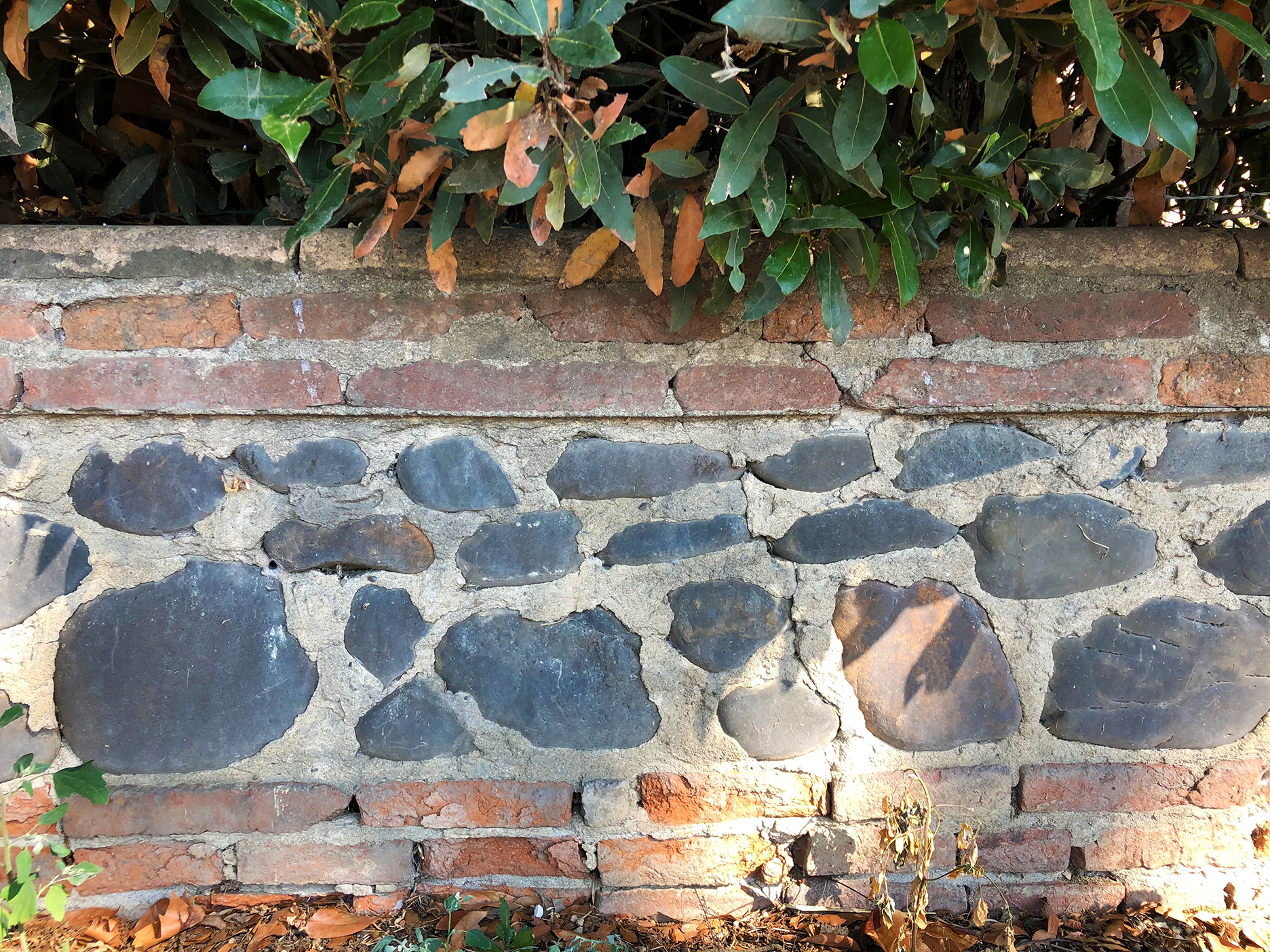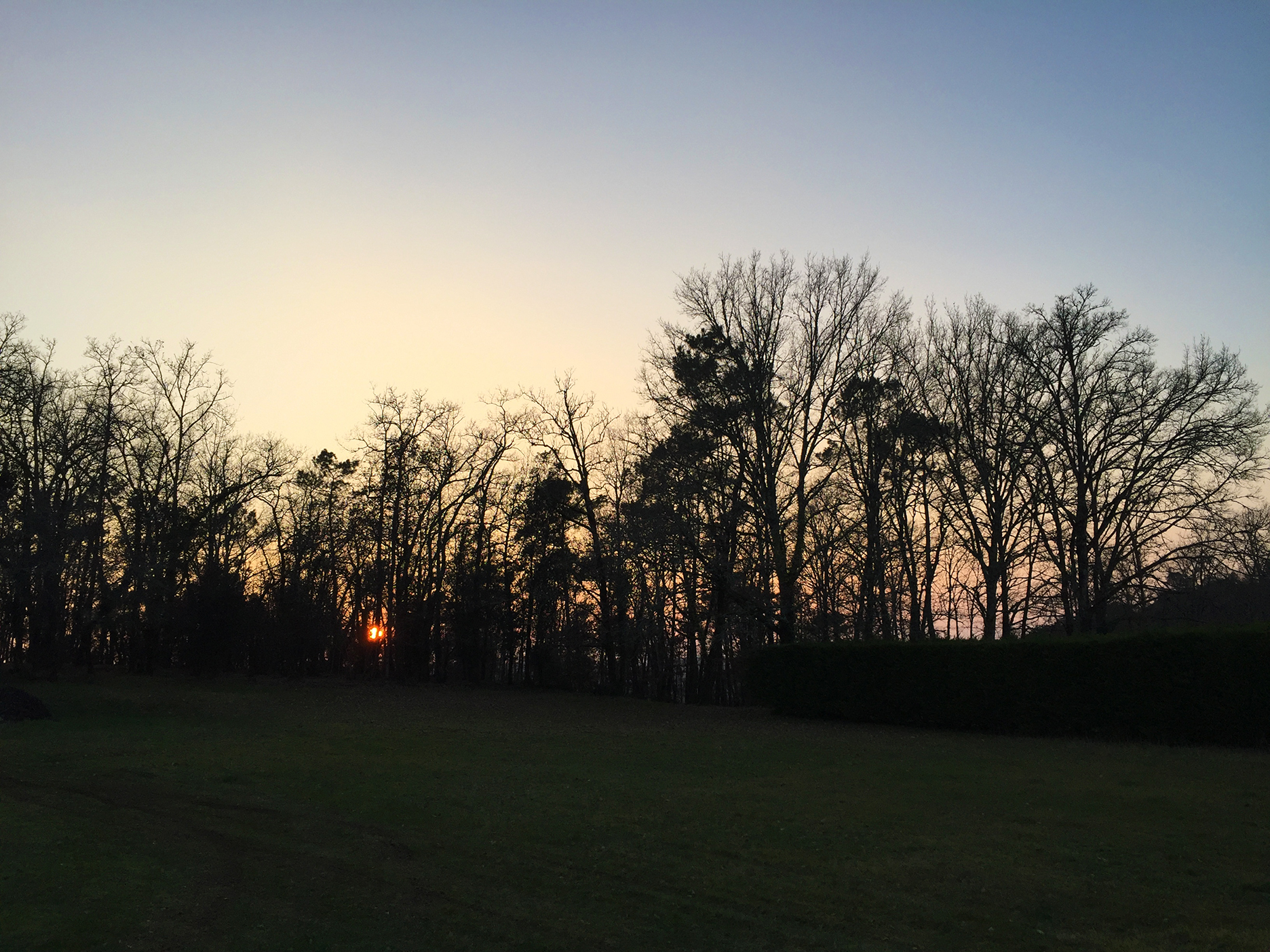This year’s edition of Le Tour de France is wrapping up and I can only admire the courageous riders who are braving an intense heatwave and climbing treacherous Alpine passes. It’s nice to see the maillot jaune on the back of a Frenchman but, as I mentioned in my post La Grande Boucle, I mostly watch for the scenery, especially the aerial views from helicopters that keep track of the peloton along with stately chateaux nestled in the hills and cute little villages stretching along a river bend. Le Tour vu du Ciel archives short videos that highlight some of the architectural marvels revealed at each stage (addendum: France TV doesn’t seem to allow viewing the videos in all countries; try searching for Le Tour vu du Ciel on YouTube instead.)
This used to be a barn…
Even a casual observer will notice the amazing variety of construction materials used in France. A trained eye would probably recognize a particular region based on the stones gracing its buildings: tuffeau in the Loire Valley, marble in Provence, blue granite in Brittany, etc.
In Grenade-sur-Garonne, there are many examples of houses built with bricks and river stones.
If you find yourself in the vicinity of the Garonne river around Toulouse, Montauban or Agen, you will see countless examples of structures made with briques et galets. Although Romans introduced brick-making in the Toulouse area, builders in medieval times favored wood and mud. Brick was used in Toulouse again in the late 11th century during the construction of the Saint-Cernin church. Sainte-Cécile in Albi was built in 1282 and eventually became the largest brick cathedral in the world. But the high cost of bricks made it prohibitive for common folks.
A “briques et galets” wall adjacent to Notre-Dame-de-l’Assomption church in Grenade
Mostly bricks, a few river stones… Window at the Grenade church.
Bricks are made of clay that’s molded, dried, and fired in large ovens. Clay is plentiful along the Garonne and Tarn alluvial plains: draining the swampy river banks provided the raw material for brick-making while reclaiming more land for agriculture and reducing the mosquito population. The rivers also held another treasure: smooth fat galets. Walls build with a combination of bricks and river rocks were less expensive and gradually replaced the fire-prone timber structures from the Middle Ages.
Stables at the château de Merville
While nobles and rich merchants continued to build their homes with bricks alone or paired with cut stones, farmers combined briques et galets to construct retainer walls, barns, and pigeonniers. Many civil structures such as public markets, cemeteries, and city buildings also used the same technique. I first noticed them when my sister moved to Grenade-sur-Garonne.
This old wall has seen better days but it’s still holding up.
Too fancy a wall for Pink Floyd, I guess :-)
Unlike standard bricks that are prevalent in Northern France, brique Toulousaine (or brique foraine as it is also called) is large and flat: its width to length ratio is 2/3 instead of 1/2. Walls made with briques et galets are thick; they provide better insulation and help regulate seasonal temperature fluctuations.
Loveliness at every street corner. Check out those shutters in Cadours!
One added benefit is of an esthetic nature: river stones break up the regimented structure of bricklaying and introduce variations in colors and patterns. Necessity might be the mother of invention but it sometimes leads to artistic solutions as well. Don’t you agree?
It looks like someone chose very large river stones, or got a bit carried away with the concept…
Vocabulary
La brique: brick
Le galet: river stone
Le maillot Jaune: the yellow jersey worn by the leader of the race
La Grande Boucle: the big loop, the nickname for the Tour de France
Le tuffeau: white chalky stone widely used in the Loire chateaux and houses
Le pigeonnier: pigeon house
La brique foraine: from Latin foraneus (coming from outside); suggesting those bricks were not made on site but brought from a brickyard




























